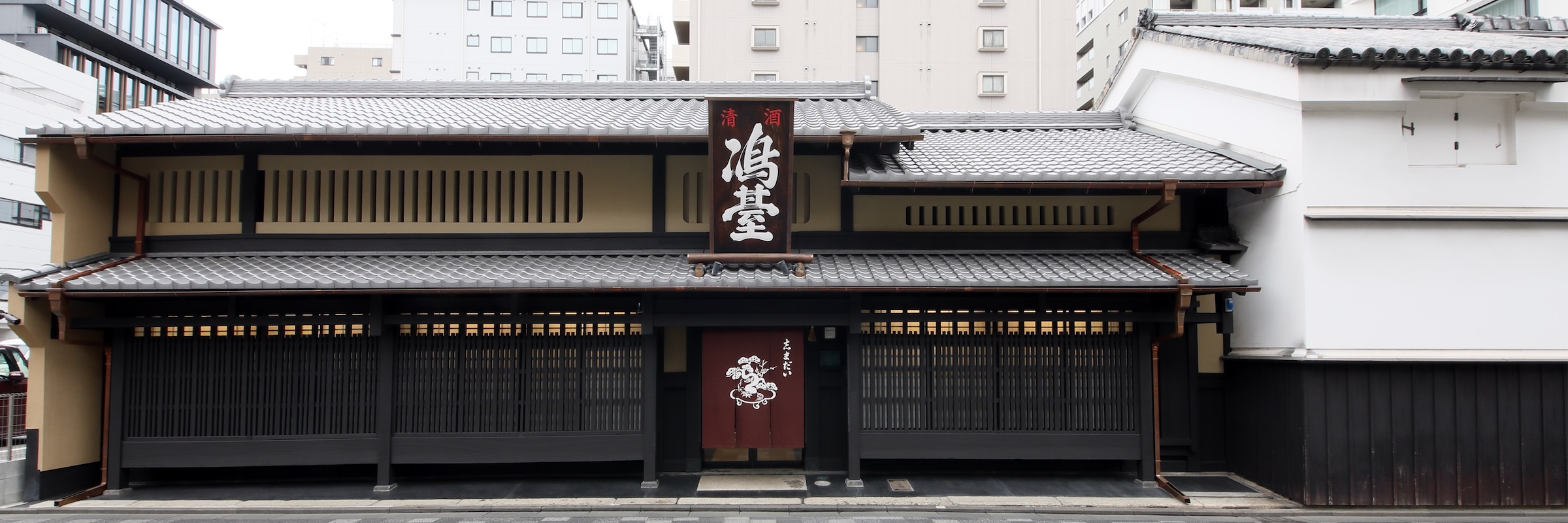嶋臺の歴史
The English introduction can be found at the bottom of the page.
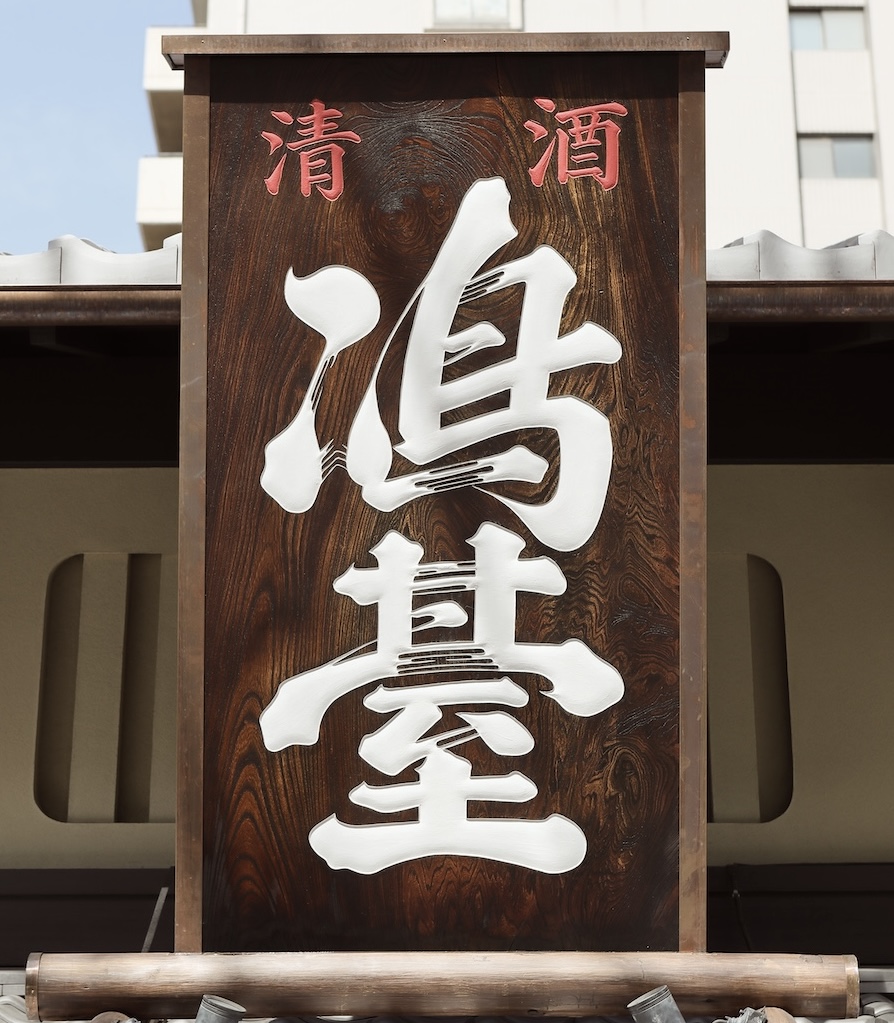
慶長13年(1608)、糸割符商として創業。
のち加賀絹・丹後縮緬・生絹も扱い、屋号を北糸と称しました。
天明3年(1783)摂津国の酒造家との縁により酒造業を開始。
翌4年(1784)に伊丹店を開店、同地で醸造した酒の江戸出荷をはじめました。
以後この両業を家業としました。
享和2年(1803)京都店開店。屋号を丸岡屋と称しました。
「嶋臺」は伊丹の領主である近衛家の御用酒であったため、他国酒禁制の京の地において、はじめて伊丹酒が販売されたと伝えられています。
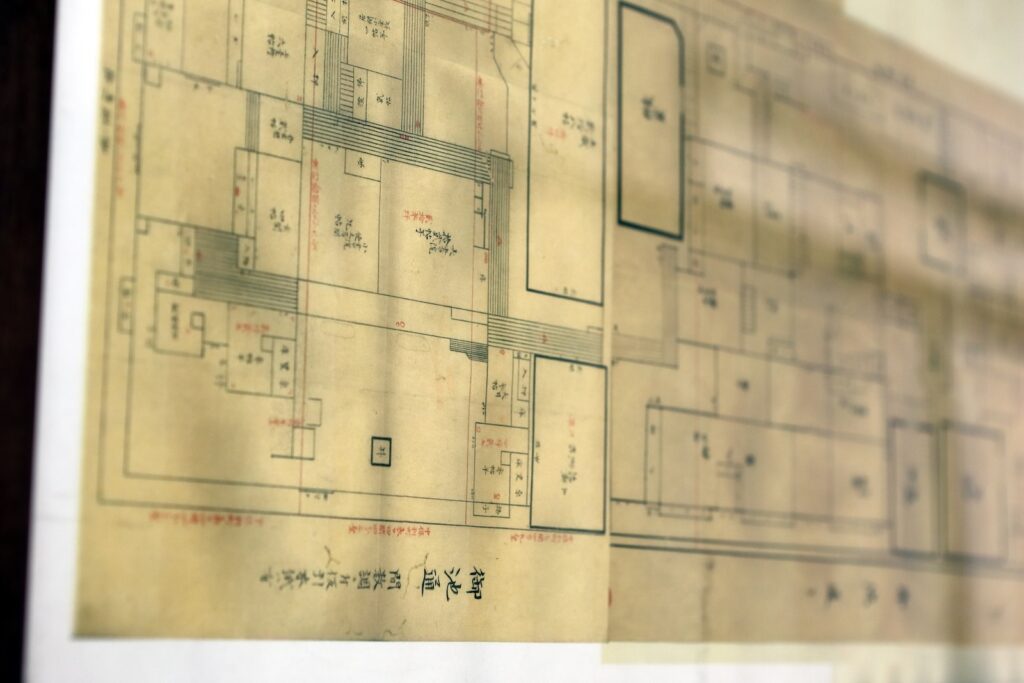
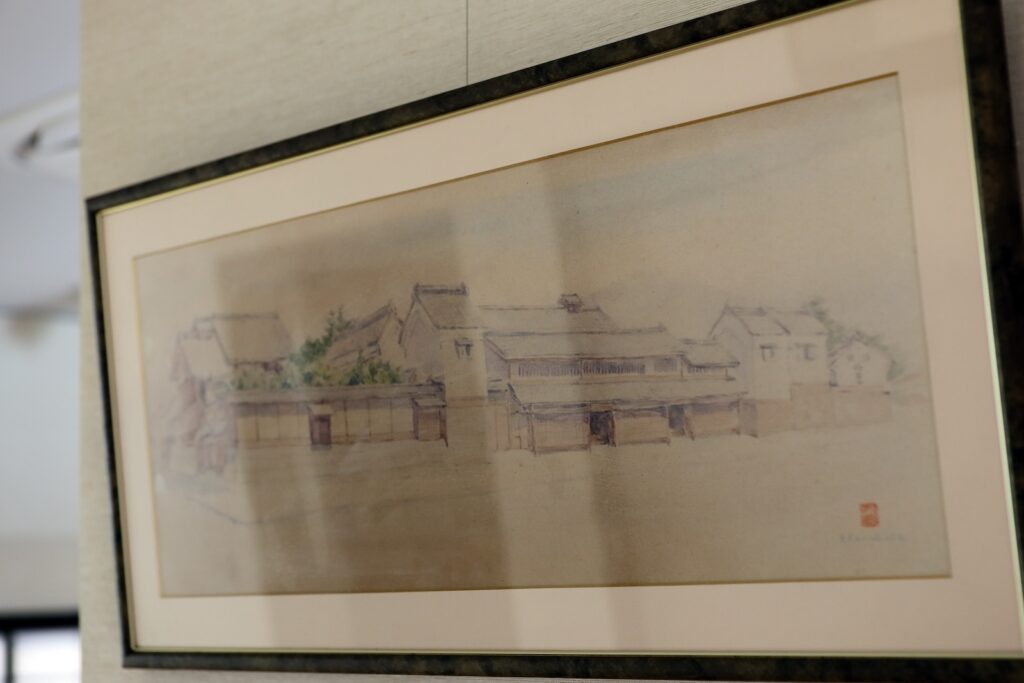
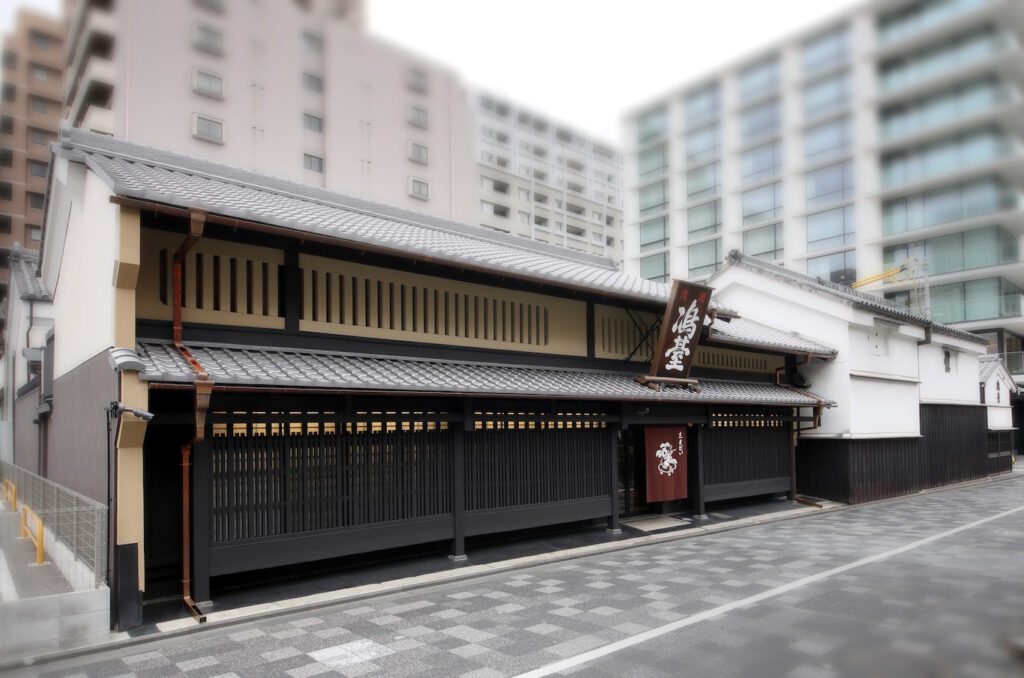

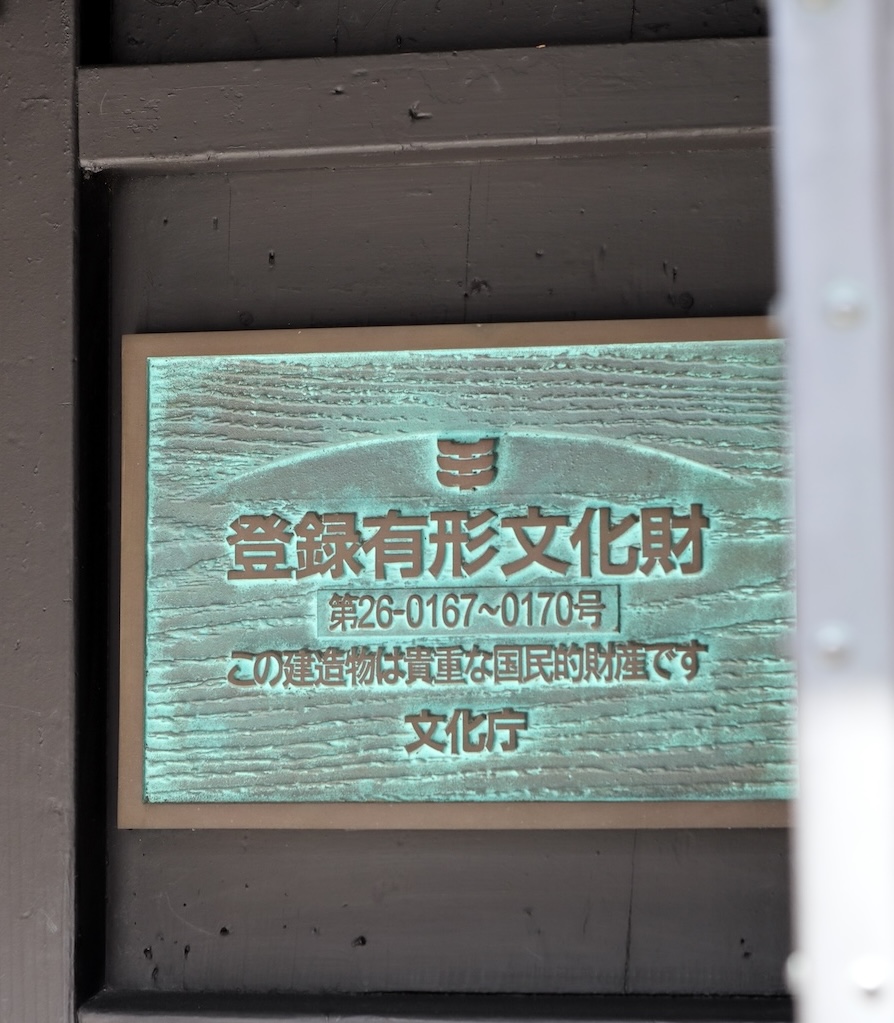
当時、東は東洞院通から西は車屋町通まで35間余、北は20間、南側は旧御池通をはさみ諸建築があった大規模なもので、伝統的町家建築の頂点に立つものとされてましたが、昭和31年(1956)に西半分強が取り壊され現状となりました。
当ギャラリー西館が旧北糸商店、東館が旧丸岡屋の各々一部分にあたります。
平成16年(2004)、大規模町家建築の遺構として、国の登録有形文化財の指定を受けました。
History of Shimadai
Shimadai traces its origins back to 1608 (Keichō 13), when it was founded as a thread and textile trading business. Over time, it expanded its offerings to include Kaga silk, Tango crepe, and raw silk, operating under the trade name “Kita-ito.”
In 1783 (Tenmei 3), the family ventured into sake brewing, inspired by a connection with a sake brewer in Settsu Province. The following year, in 1784, they opened a store in Itami and began shipping their locally brewed sake to Edo (now Tokyo). From then on, the family operated both the textile and sake businesses.
In 1803 (Kyōwa 2), a store was opened in Kyoto under the name “Maruokaya.”
The name “Shimadai” is said to originate from the brand of sake brewed in Itami that was favored by the Konoe family, feudal lords of the Itami domain. It holds the distinction of being the first sake from outside Kyoto allowed for sale in the capital, which traditionally restricted foreign sake.
In 1894 (Meiji 27), Shimadai sake was offered in celebration of Emperor Meiji’s silver wedding anniversary. It was also honored with the distinction of being selected as sacred sake for the imperial enthronement ceremonies of both the Taishō and Shōwa Emperors.
The current building was reconstructed in 1883 (Meiji 16), after the original was lost in the turmoil at the end of the Edo period.
At its peak, the estate spanned over 35 ken (approximately 63 meters) from east to west (from Higashinotōin Street to Kurumayachō Street), and 20 ken (approximately 36 meters) north to south. It even extended south across the former Oike Street, housing multiple structures. At the time, it was considered a pinnacle of traditional Kyoto machiya (townhouse) architecture. However, in 1956 (Shōwa 31), over half of the western section was demolished, resulting in its current form.
The west wing of the current gallery occupies part of the former Kita-ito shop, while the east wing corresponds to a section of the former Maruokaya premises.
In 2004 (Heisei 16), the structure was officially designated as a Registered Tangible Cultural Property by the Japanese government, in recognition of its significance as a remnant of large-scale machiya architecture.

